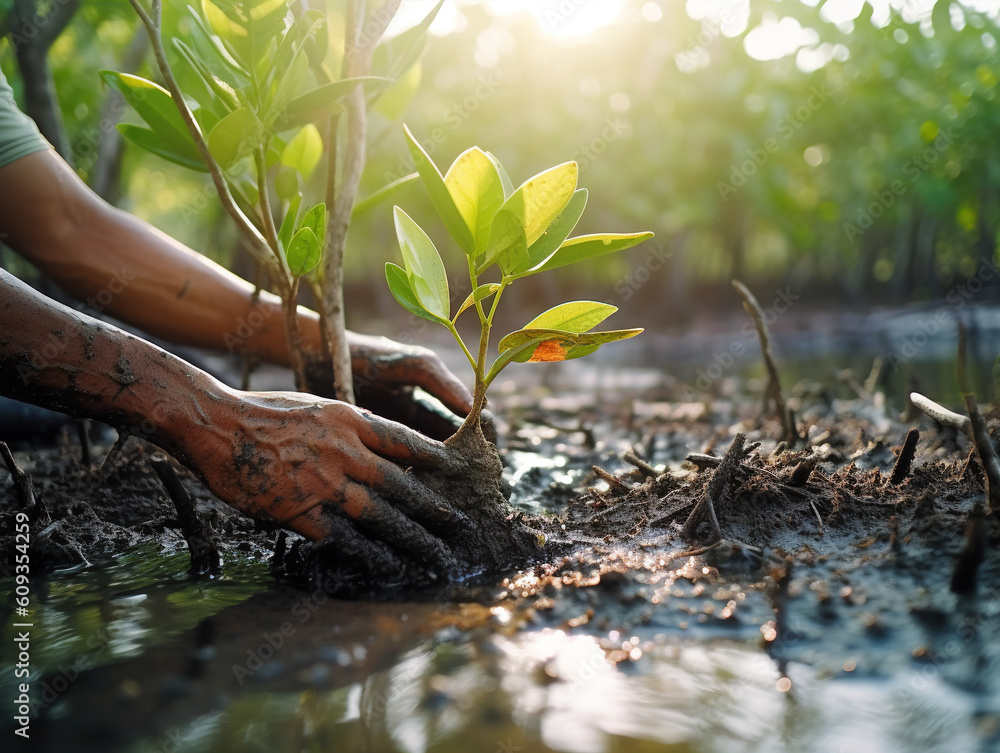Every year on July 26, a silent but powerful celebration takes place: the International Day for the Conservation of the Mangrove Ecosystem. This day, established by UNESCO in 2015, is a poignant reminder of the delicate balance of our planet’s coastal ecosystems and the crucial role mangroves play.
Imagine walking along a serene coastline, where dense thickets of mangroves stand as sentinels, their roots diving deep into the muddy shores. These remarkable trees are not just guardians of the coast but lifelines for countless species. Mangroves nurture rich biodiversity, from tiny crustaceans to majestic birds, all thriving within their embrace. Their roots form intricate networks, trapping sediments and creating nurseries for marine life, while their dense canopies provide shelter and sustenance.
Yet, the mangroves’ story is one of resilience and struggle. Between 1980 and 2005, over 40% of these precious ecosystems were lost in some countries. The reasons are many: urban expansion, deforestation, and climate change. But the loss of mangroves is more than just an environmental tragedy; it’s a loss of heritage, a diminishing of natural fortresses that protect communities from storm surges and erosion.
UNESCO’s commitment to mangrove conservation is a beacon of hope. By integrating mangroves into Biosphere Reserves, World Heritage sites, and UNESCO Global Geoparks, and by protecting blue carbon ecosystems, UNESCO is helping to preserve these vital landscapes.
As we commemorate this day, let us reflect on the mangroves’ silent strength and enduring beauty. Let us honor their role in safeguarding our shores and supporting life. And let us pledge to protect these ecosystems so future generations can walk the same coastlines and feel the same awe. Mangroves are more than trees; they are the pulse of our planet’s coastal heart.

